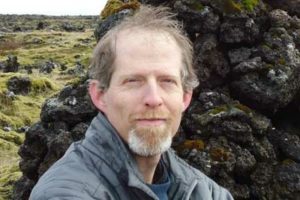
David B. Williams is a freelance writer in Seattle. Originally raised in Seattle, he went to college in Colorado where he initially studied physics but switched to geology (a smart move). He received a Bachelor of Arts in geology from Colorado College in 1987 was then hired by the Canyonlands Field Institute in Moab, Utah. This led to a job as an Interpretive Park Ranger at Arches National Park and then in Boston while his wife attended graduate school in 1997. He must have heard Horace Greely’s admonition of Go West Young Couple, and they returned to Seattle where he became a well-established writer of natural history books and occasional urban geology tour guide. Since 1999, he had been associated with Seattle’s Burke Museum in their education department.
David B. Williams writes on the intersection of people and the natural world. His books include: Stories in Stone: Travels Through Urban Geology; The Seattle Street-Smart Naturalist: Field Notes from the City; Cairns: Messengers in Stone; and Too High & Too Steep. He maintains the blog GeologyWriter.com from his home base in Seattle. David says his interest in urban geology was sparked by the use of stone in the Downtown Seattle Transit Tunnel.
David Williams has been a frequent and interesting speaker for our lecture series (see events on 3/2/13, 11/7/15 and 5/11/19). In 2019 he announced that Stories in Stone has been republished by UW Press (https://uwapress.uw.edu/book/9780295746456/stories-in-stone/. In addition, he continues to run has Geology walks through Seattle on a regular basis. If interested, contact him for dates and cost. (Updated Oct. 2021)

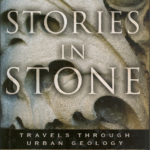
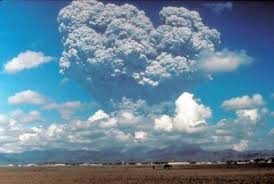
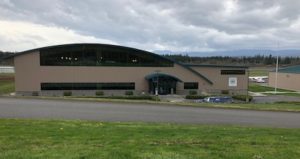 Meeting Location
Meeting Location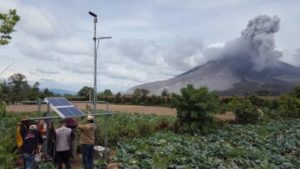 A telemetered, solar-powered scanning spectrometer was installed in 2016 at Sinabung Volcano in Sumatra, Indonesia. It measures sulfur dioxide gas emissions, which helps forecast volcanic activity. This is one of many activities sponsored by VDAP.
A telemetered, solar-powered scanning spectrometer was installed in 2016 at Sinabung Volcano in Sumatra, Indonesia. It measures sulfur dioxide gas emissions, which helps forecast volcanic activity. This is one of many activities sponsored by VDAP.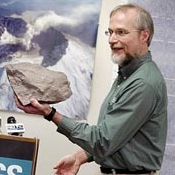 John Pallister is a recently retired Senior Reseach Geologist at the U.S. Geological Survey in Vancouver, WA. John has a long, varied and distinguished career, most recently as coordinator for the USGS’s VDAP program. VDAP is the Volcanic Disaster Assistance Program, an international project to monitor volcanic eruptions around the world.
John Pallister is a recently retired Senior Reseach Geologist at the U.S. Geological Survey in Vancouver, WA. John has a long, varied and distinguished career, most recently as coordinator for the USGS’s VDAP program. VDAP is the Volcanic Disaster Assistance Program, an international project to monitor volcanic eruptions around the world.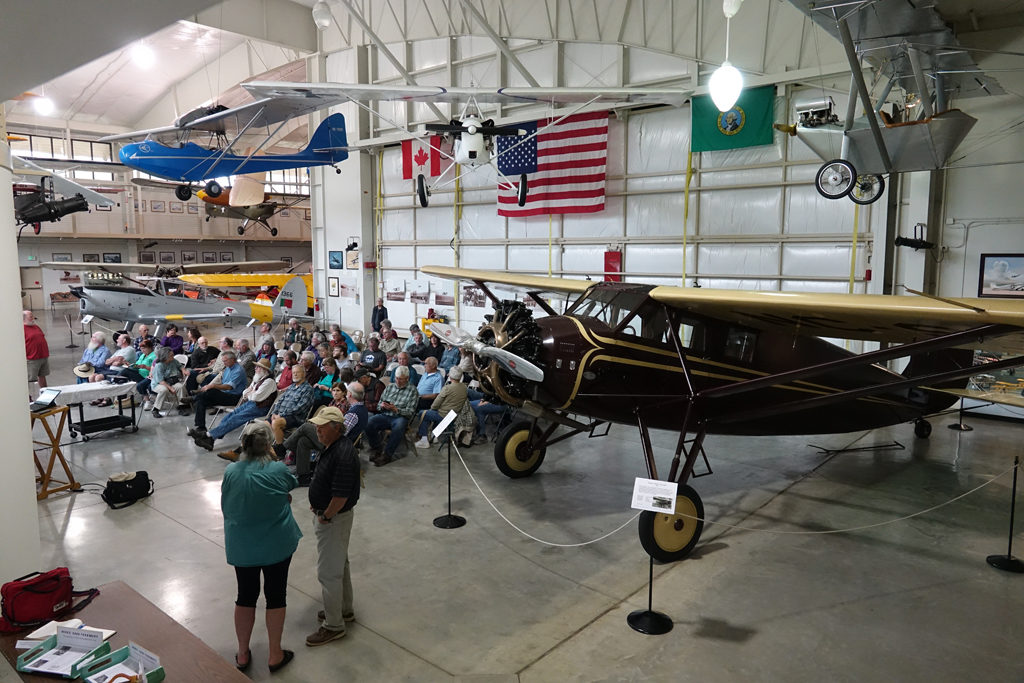
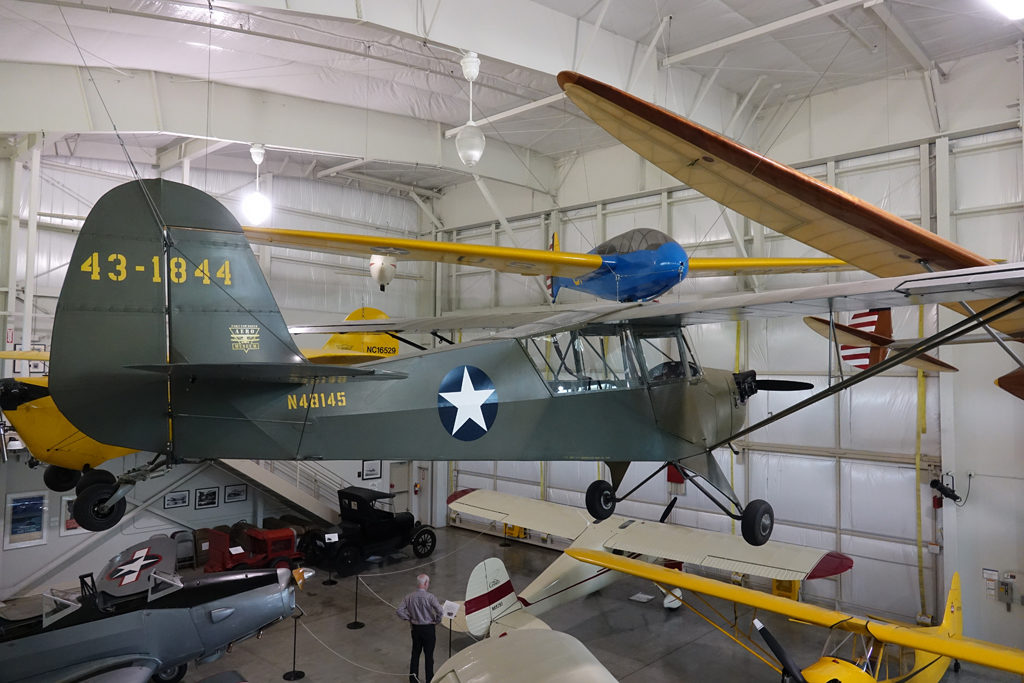
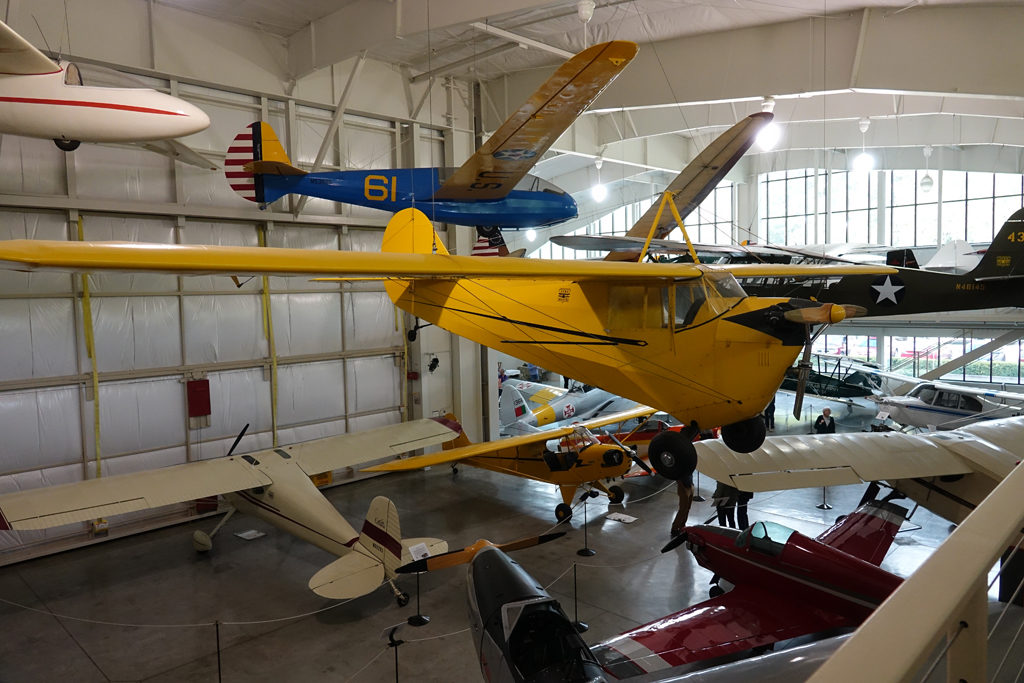
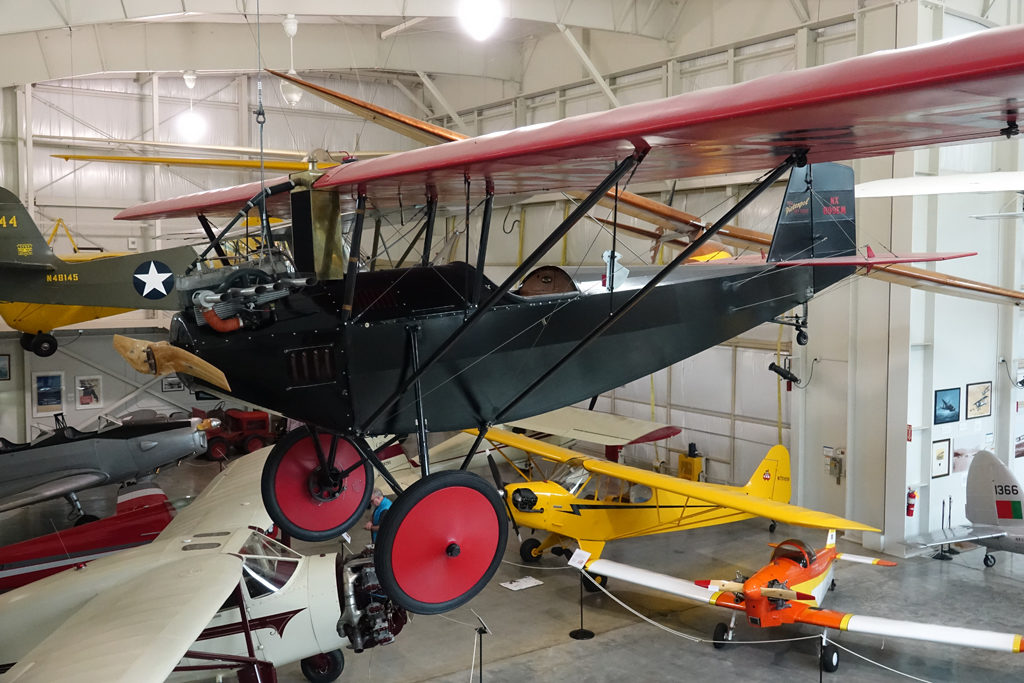
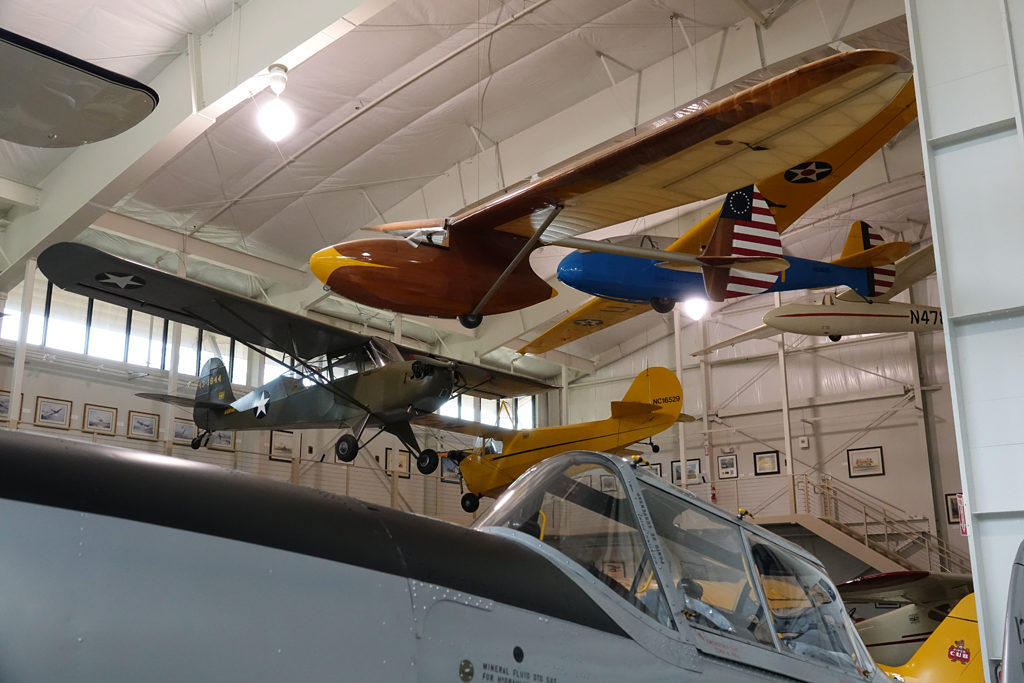
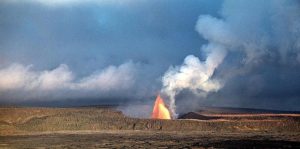
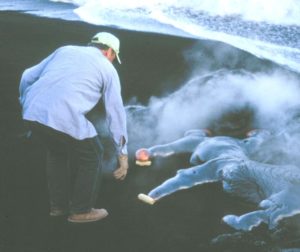 While he was at HVO, Kilauea erupted at three areas. Several times, 2,000-ft-tall lava fountains spewed from the east rift zone, at a site later named Mauna Ulu (Hawaiian: growing mountain). Elsewhere, so-called “curtains of fire” danced from long cracks on the floor of Kilauea’s summit caldera. And for only the fourth time in Hawaii’s historic record, lava emerged from a fissure along the southwest rift zone.
While he was at HVO, Kilauea erupted at three areas. Several times, 2,000-ft-tall lava fountains spewed from the east rift zone, at a site later named Mauna Ulu (Hawaiian: growing mountain). Elsewhere, so-called “curtains of fire” danced from long cracks on the floor of Kilauea’s summit caldera. And for only the fourth time in Hawaii’s historic record, lava emerged from a fissure along the southwest rift zone. About the Speaker
About the Speaker